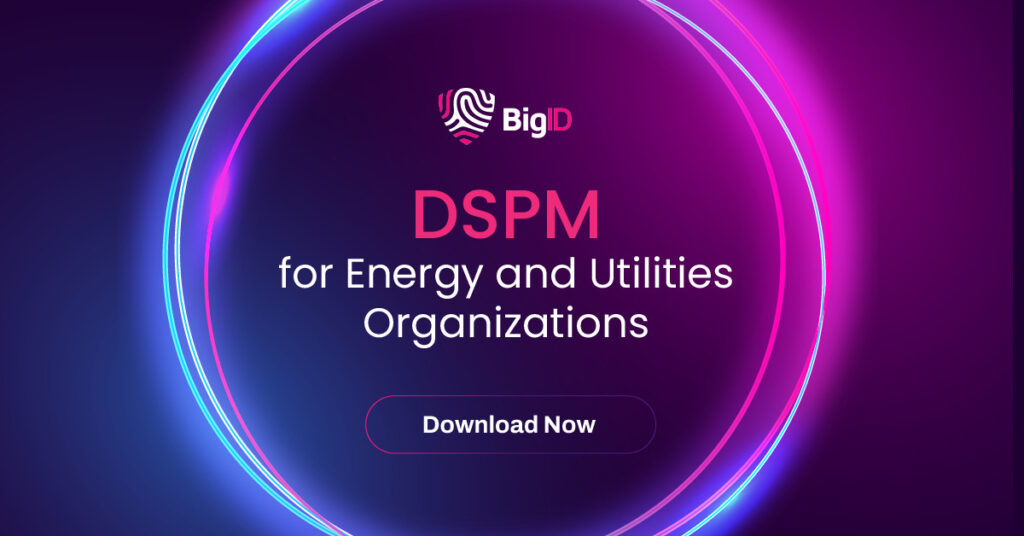In a world where energy is the lifeblood of our daily activities, the imperative of safeguarding our power grids can’t be overstated. Energy and utility companies are facing mounting pressure to enhance their cybersecurity defenses and adhere to regulatory standards. At the core of this mission lies the protection of their most valuable asset— their critical data.
In our recent webinar, “Safeguarding the Power Grid: Data Security Strategies for Energy and Utilities Organizations”, we partnered with Accenture, AES, and SAP to discuss crucial tips and strategies into strengthening data security and risk management across the environment. We need the guidance and ultimately the shared ownership of the business, the data officers and executive sponsors to align not only on the scope and what we need to protect, but also, you know, as AI takes hold, to really have trust in our data. – Erin Hughes, Cyber Security NA, SAP
The Data Security Imperative
Data security is a critical priority that transcends all industries, including the utility space. We discussed the growing importance of building robust organizational support for data security programs. The need was emphasized for fostering partnerships between data owners and data security teams to develop strategies that are not only collaborative but also aligned with organizational goals.
Understanding the Data Landscape
One of the key insights shared was the pivotal role of knowing your data with context – where it lives, what it is, how sensitive it is, who’s got access to it, and how it’s flowing across your environment. Data discovery and classification is the foundation of any resilient data security strategy. We focus so much on protecting the perimeter and protecting the end-point, but time and time again, we forget the core problem that all of us are trying to protect and that’s our data. – Tyler Young, CISO, BigID
Trimming the Data Fat
Organizations are generating vast amounts of data, most unstructured. This proliferation of data not only expands your attack surface, but also hinders efficiency. We discussed the importance of asking critical questions like “Is this data stale?” or “Do we really need it all?” Reducing unnecessary, non-business critical data can significantly improve your data security and risk posture. As one of the panelists, Tyler Young, CISO, BigID aptly put it, “If you can get rid of data, the risk goes away really quickly.”

Cross-Functional Security Challenges
This webinar also provided a platform for panelists to share their experiences regarding common data security challenges within organizations. These obstacles vary across different environments but are essential to consider when planning and executing data security implementations. “Recognizing the amount of time it takes to get the various data owners on board with what you’re trying to achieve and why, I just think it takes longer than – A: we think it should & B: we ever plan for,” Ryan Boulais, CISO with AES shares.
If you missed the webinar or want to revisit the valuable insights shared by industry experts, watch the on-demand recording here.


